Places Shaped by Colorado's Railroads
September 11, 2023
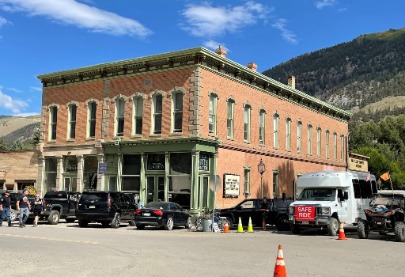
Hough Building, Lake City 2021
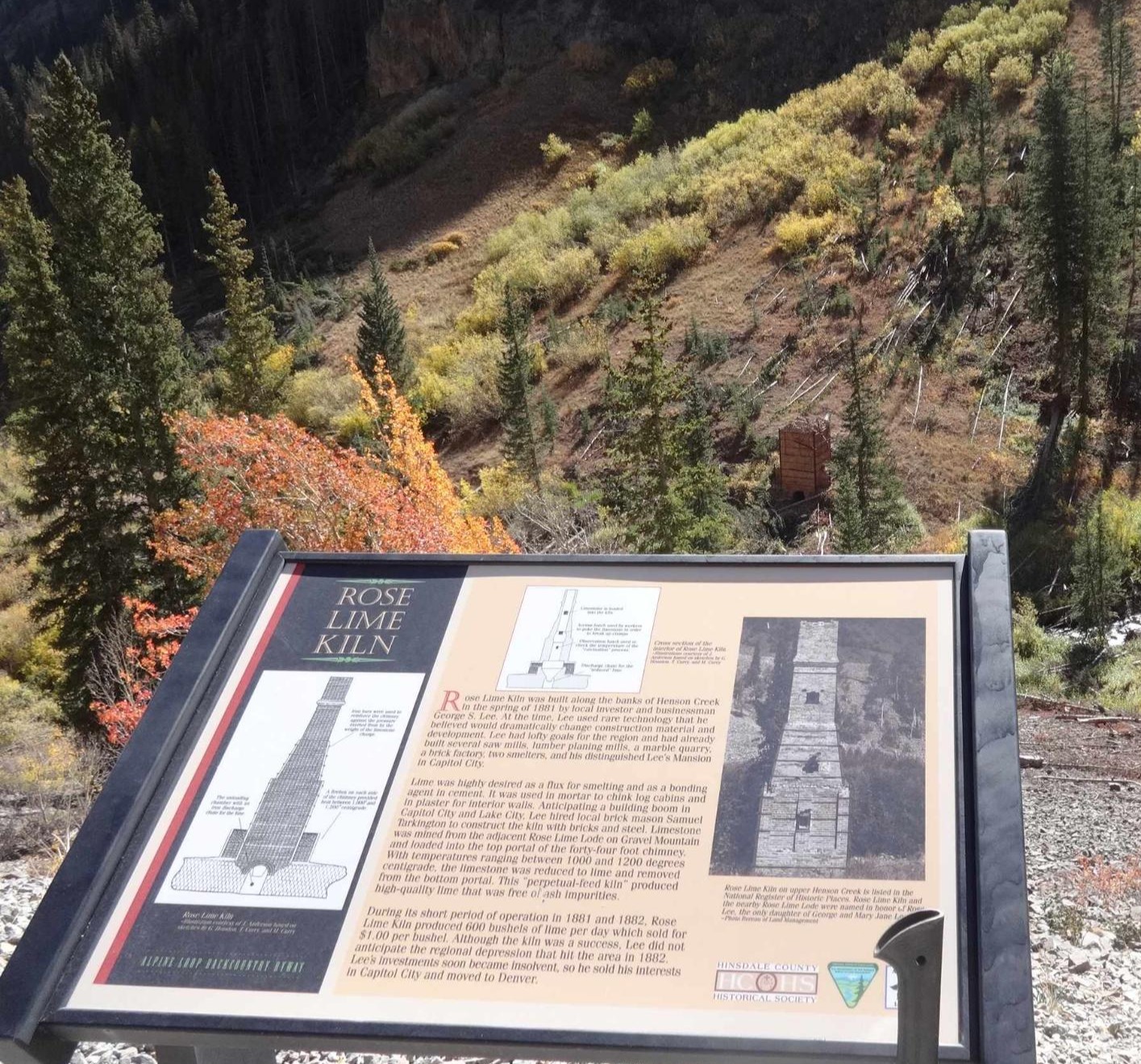
Rose Lime Kiln, Hinsdale County 2022
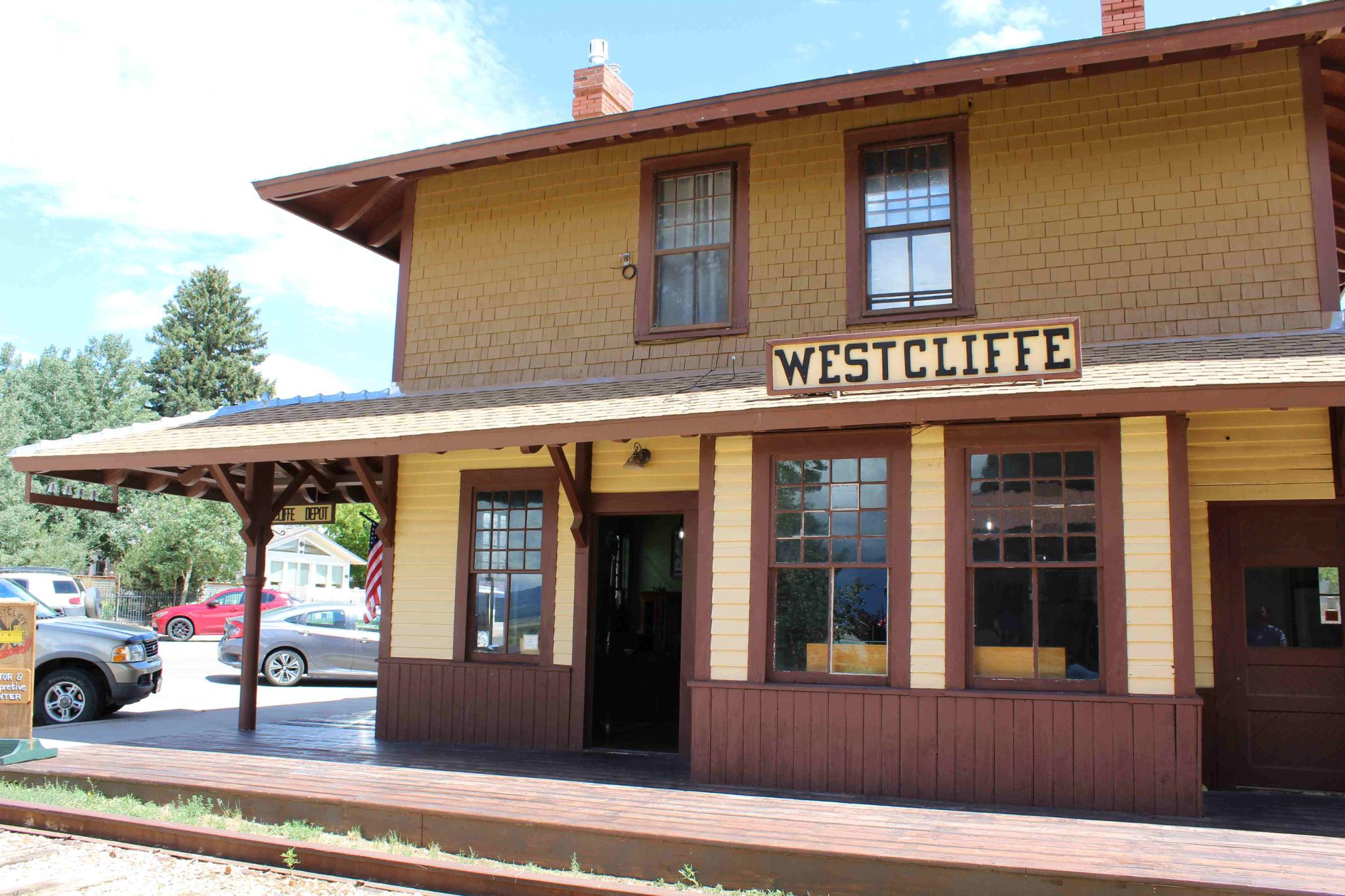
D&RG Depot, Westcliffe 2023
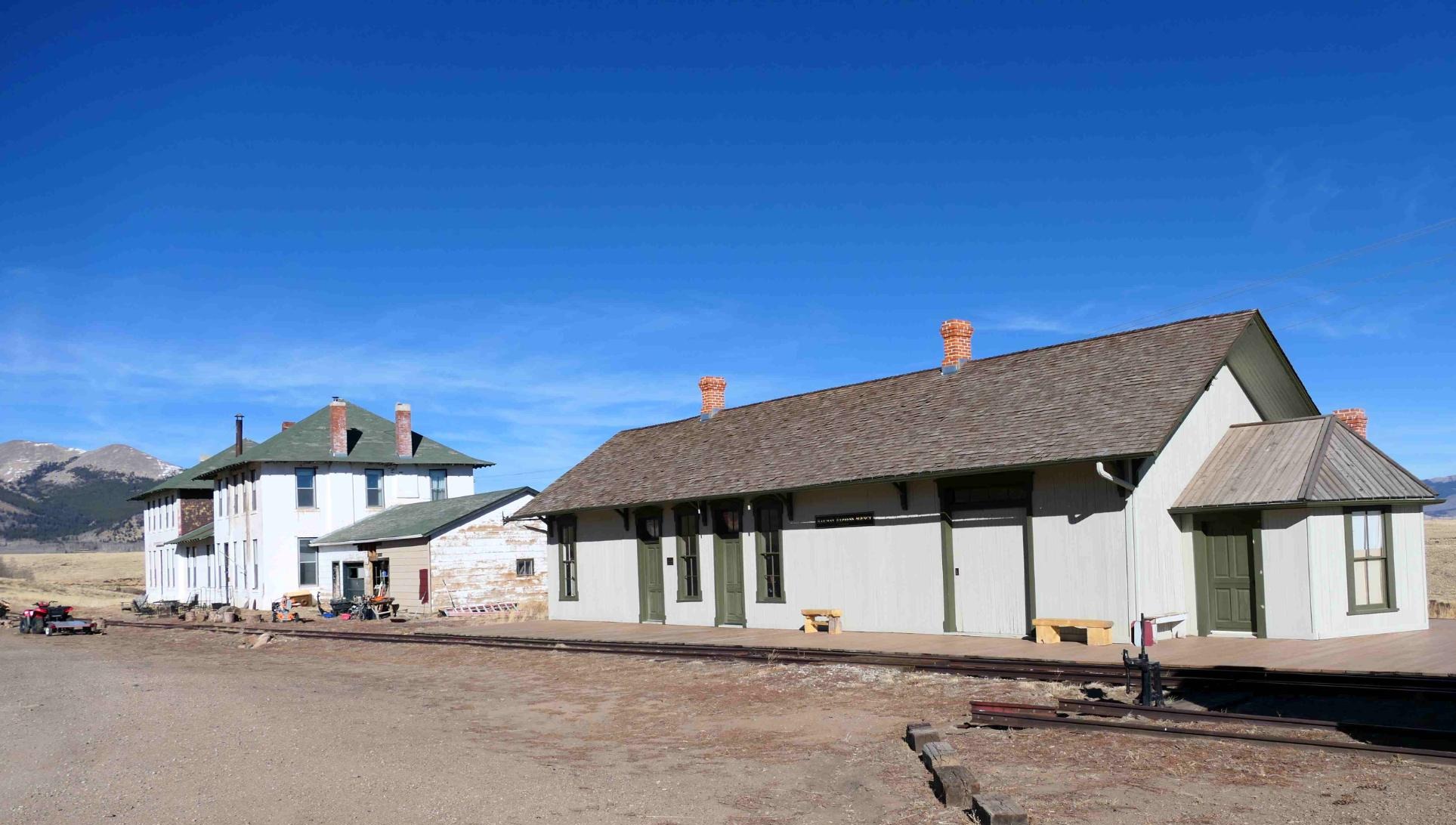
Como Hotel and Depot 2022
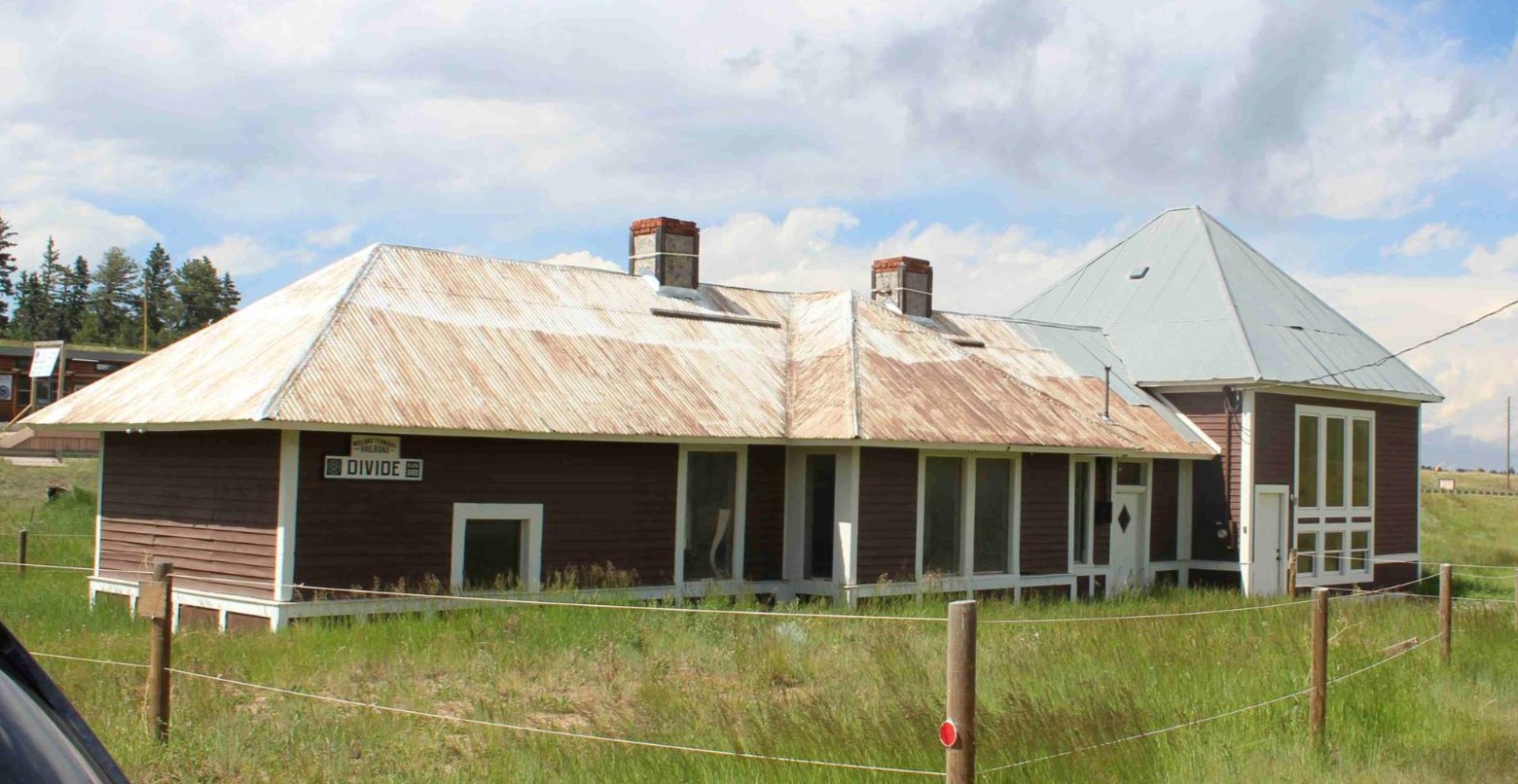
Midland Depot, Divide 2023
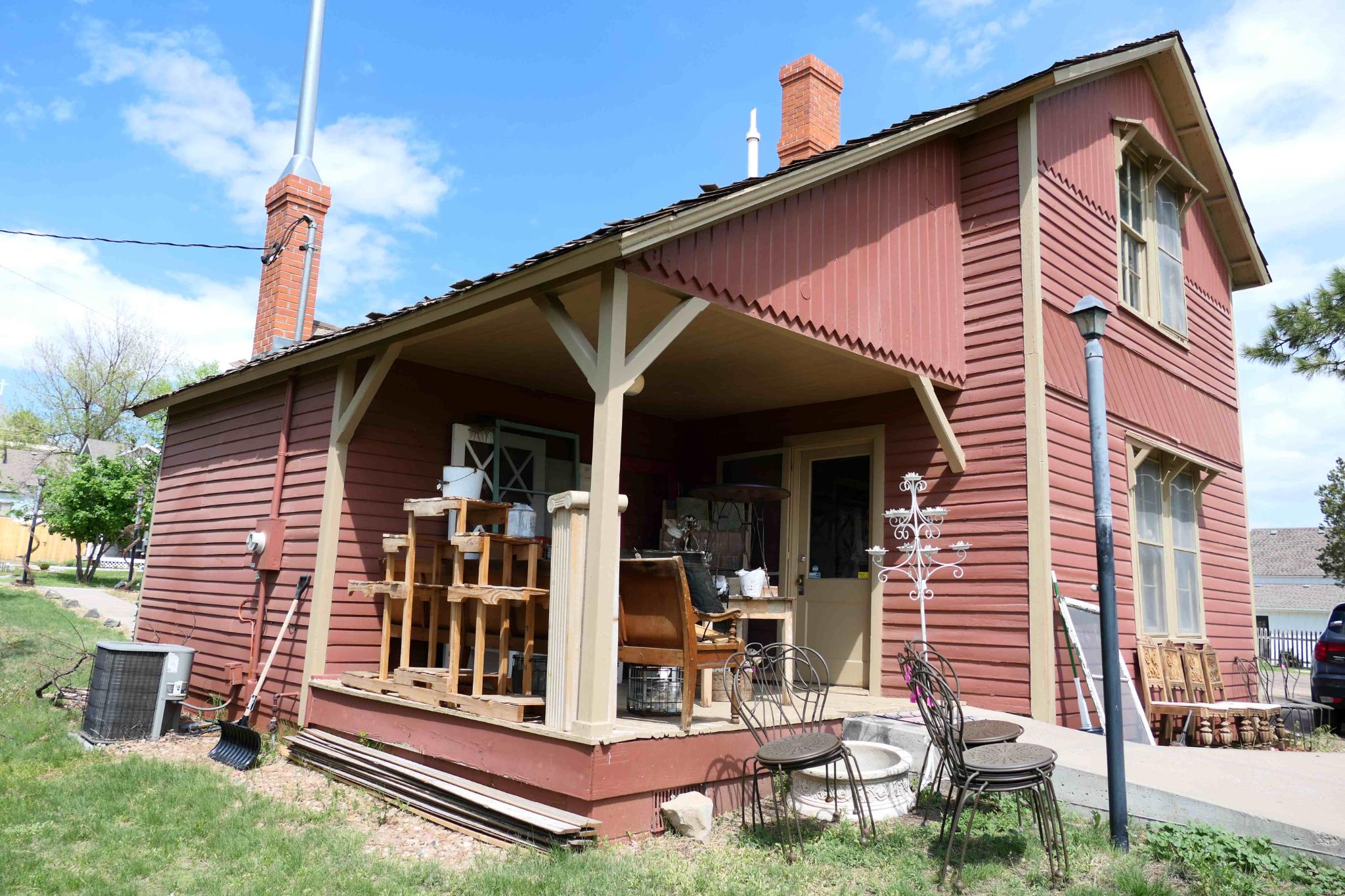
D&NO Section House, Elizabeth 2023
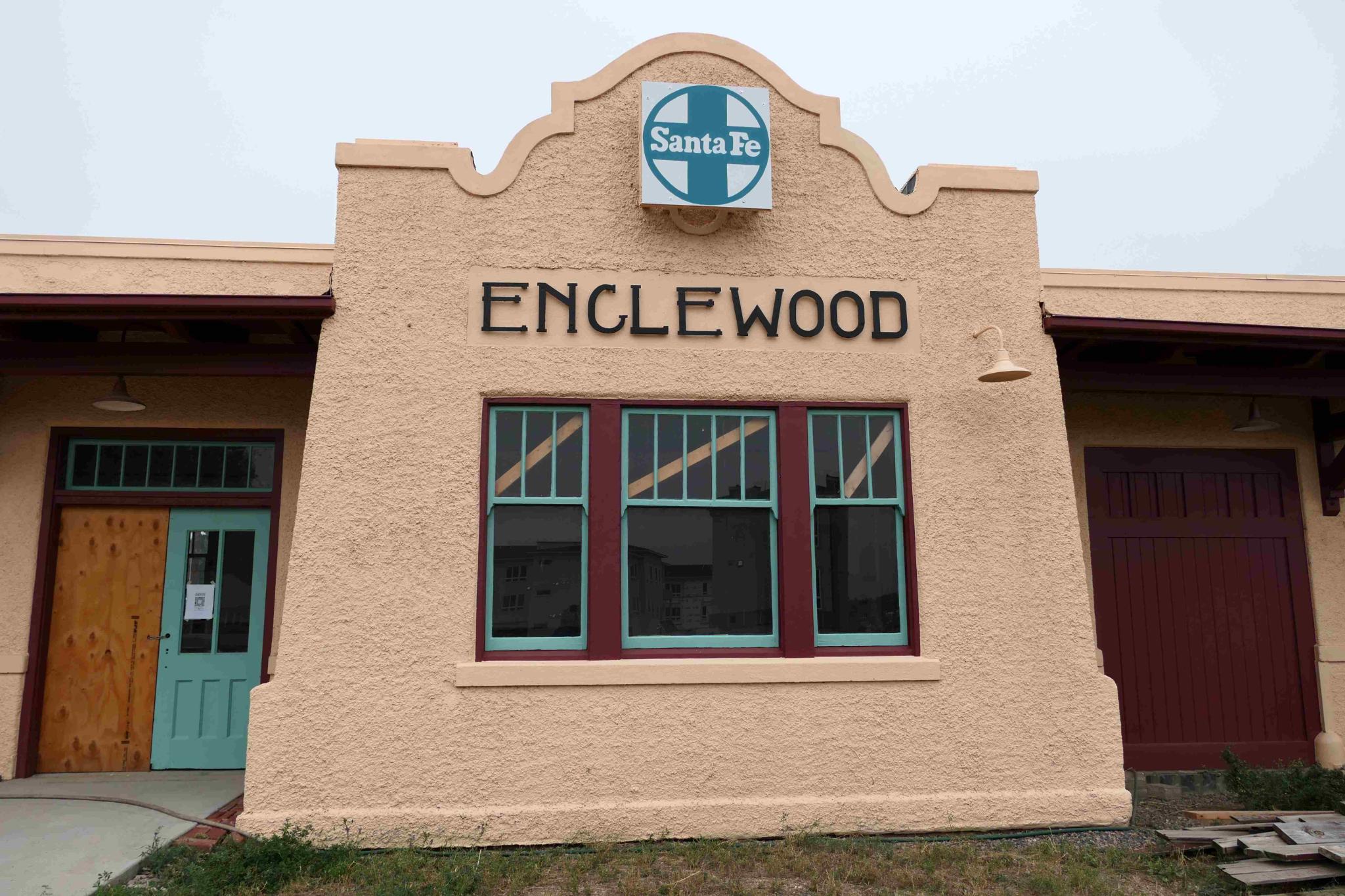
Englewood Depot 2023
BY HOLLY TAYLOR
If you were to superimpose a map of the Denver and Rio Grande Railroads onto the ARCGIS map showing the properties supported by the Colorado Historical Foundation Easement Program, a pattern quickly emerges. In fact, many towns, unique, historic buildings and sites would not have existed without the construction of the railroads through Colorado, be it the Denver & Rio Grande (D&RG) Railroad, the Denver and New Orleans (D&NO) Railroad, the Atchison, Topeka, and the Santa Fe, the Denver South Park and Pacific Railroad, or the Colorado Midland Railway. From Denver to Pueblo, Lake City to Westcliffe, structures often appeared, seemingly (and sometimes literally) overnight, due to the booming nature of the mining industry and the railroads that served it. Many Foundation-supported properties have strong ties (pun intended) to the railroad industry, and The Colorado Historical Foundation preserves the history of Colorado’s industries through its conservation easement program.
It is hard to overstate how railroads transformed American life and landscape in the mid to late 1800s. The time it took for long distance travel was drastically shortened, housing was made possible in more remote locations, and freight could be transported along far distances. The east coast had rail for decades, yet it was not until the later half of the nineteenth century that rail appeared in Colorado, when the mining industry boomed. Entrepreneurs built factories and mills in order to support the railroads: as an example, Pueblo was the home of the Colorado Fuel and Iron Company, which mined coal in Southern Colorado and had a steel mill in Pueblo [1]. The grounds of the Mission Revival adobe Colorado Fuel & Iron Office Complex (pictured at top) today hosts the Steelworks Center of the West. There, you can see how CF&I practiced “welfare capitalism,” as evidenced by the medical center on the campus which served both workers and their families [2].
Towns deep in the Colorado mountains grew seemingly overnight to meet the needs of miners and merchants, and companies built railroads to suit and serve those needs. Lake City, a remote town in the San Juan mountains, is an excellent example - the town built out rapidly, including the beautiful red brick Hough Building, which is protected by a Foundation conservation easement. The rail spur to Lake City from Sapinero, completed in 1889, allowed continuous access until the advent of the automobile and dwindling mining returns rendered the line obsolete [3]. The Rose Lime Kiln, another Foundation easement, twelve miles outside of Lake City on the Alpine Loop Scenic Byway, encapsulates the boom-and-bust cycle of the mining industry. Its purpose was to extract lime for brick mortar to meet growing local housing demands. George Lee, the builder of the kiln, abandoned the operation after a year when the region was hit hard by economic depression [4].
Several railroad companies made their way into Colorado to strike gold, literally and metaphorically. The Colorado Historical Foundation has many properties that reflect this varied heritage. Gen. William Jackson Palmer, founder of Colorado Springs and owner and co-founder of Denver and Rio Grande Railroad, chose to use narrow gauge rail instead of standard gauge, and by 1871, distant towns felt closer [5]. The Craftsmen style D&RG Railroad Depot in Westcliffe helped cement the importance of Westcliffe as a hub to access the Wet Mountain Valley. Another railway company, founded by former Colorado governor John Evans, the Denver, South Park and Pacific, created a roundhouse in Como, Colorado, serving the narrow gauge railroad needs of central Colorado. The Foundation holds easements on the nearby Como Hotel and Depot.
The first standard gauge railroad into the Rockies was created by the Colorado Midland Railway in 1886 [6]. Rising into Ute Pass from Colorado Springs, the railroad stopped in Divide, where the depot can be seen today off of US Highway 24. The dark reddish-brown paint on the Midland Depot at Divide is a picturesque reminder of the gold rush days, having served the booming mining needs of Victor and Cripple Creek. The Denver and New Orleans Railroad, also spearheaded by John Evans, originally intended to create a railroad to the Gulf of Mexico, later to Fort Worth, Texas. Evidence of this decades-long venture, beset with flooding and economic depression, is best shown at the clapboard-style D&NO Section House in Elizabeth [7]. Another railroad company, the Atchison, Topeka, and the Santa Fe, built a beautiful mission revival Englewood Depot, which now houses a non-profit letterpress museum and workshop.
The Colorado Historical Foundation is honored to help support the preservation of these key locations to Colorado’s railroading heritage through conservation easements.
Holly Taylor, based in Colorado Springs, completed an internship at the Colorado Historical Foundation in the summer months of 2023. She helped the Foundation document conditions of its southern Colorado conservation easement sites and took the opportunity to research history associated with these sites. Taylor is a PhD candidate at the University of Colorado Boulder, studying early American History.
Sources:
[1] https://coloradoencyclopedia.org/article/colorado-fuel-iron
[2] https://www.steelworks.us/the-museum/permanent-exhibits/
[3] https://lakecity.com/the-drg-lake-city-branch-railroad-and-a-galloping-goose/
[4] https://sah-archipedia.org/buildings/CO-01-HN17
[5] https://www.historycolorado.org/sites/default/files/media/documents/2017/william_palmer.pdf
[6] http://www.thecoalitionco.org/midland-depot-at-divide.html
[7] https://en.wikipedia.org/wiki/Denver_and_New_Orleans_Railroad